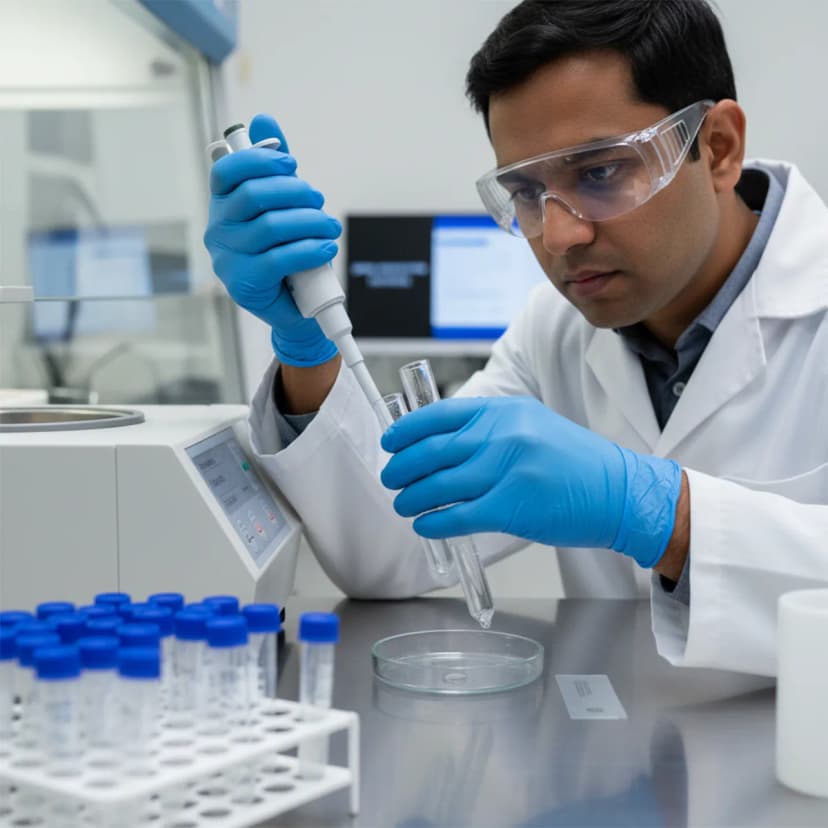
Semen Preparation (Sperm Washing)
Once a semen sample is collected, it is processed (or “washed”) in the lab to separate healthy, motile sperm from other components. This prepared sample is then used for fertility treatments such as IUI or IVF.

For whom?
Semen preparation is recommended for men undergoing fertility treatments where sperm needs to be optimized before use.
It’s especially relevant if:
- You are undergoing IUI (Intrauterine Insemination) or IVF/ICSI with your partner.
- You have a mild male factor infertility such as slightly low sperm count, motility, or morphology.
- You experience sexual dysfunction or ejaculatory issues, and a prepared sample can improve success rates.
- You wish to store or freeze sperm for future fertility treatments.
- You want to maximize the quality and safety of sperm used for conception.
Semen preparation ensures that only the healthiest and most motile sperm are selected - enhancing the chances of successful fertilization while minimizing risks during assisted reproductive treatments.

Semen Preparation (Sperm Washing)
Once a semen sample is collected, it is processed (or “washed”) in the lab to separate healthy, motile sperm from other components. This prepared sample is then used for fertility treatments such as IUI or IVF.
For whom?
Semen preparation is recommended for men undergoing fertility treatments where sperm needs to be optimized before use.
It’s especially relevant if:
- You are undergoing IUI (Intrauterine Insemination) or IVF/ICSI with your partner.
- You have a mild male factor infertility such as slightly low sperm count, motility, or morphology.
- You experience sexual dysfunction or ejaculatory issues, and a prepared sample can improve success rates.
- You wish to store or freeze sperm for future fertility treatments.
- You want to maximize the quality and safety of sperm used for conception.
Semen preparation ensures that only the healthiest and most motile sperm are selected - enhancing the chances of successful fertilization while minimizing risks during assisted reproductive treatments.
